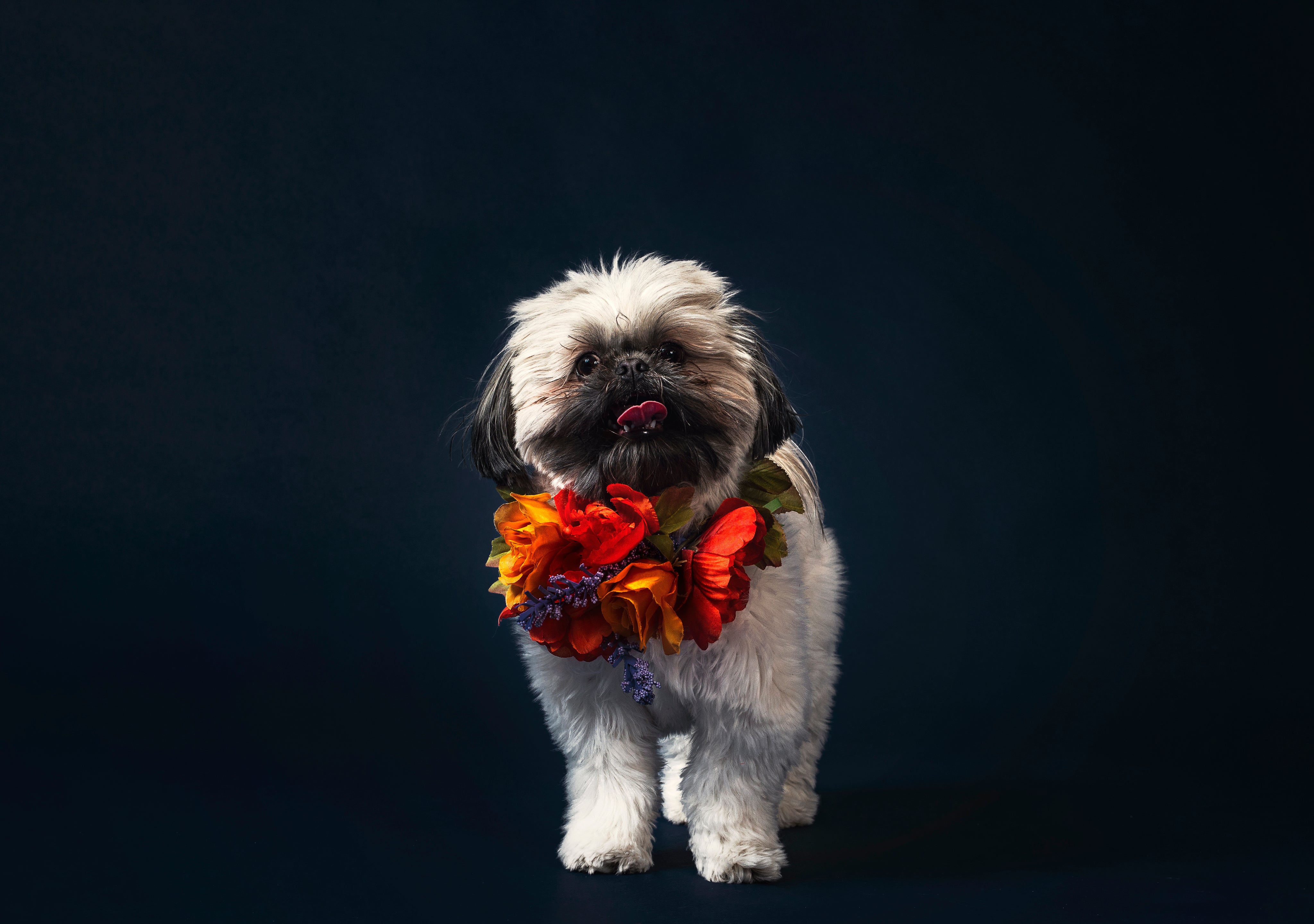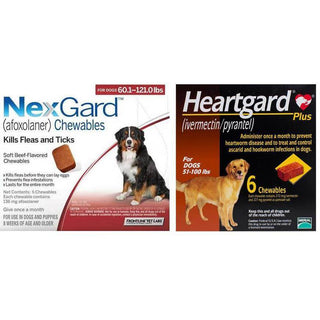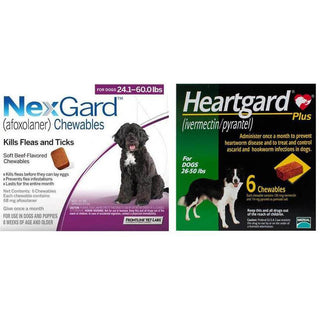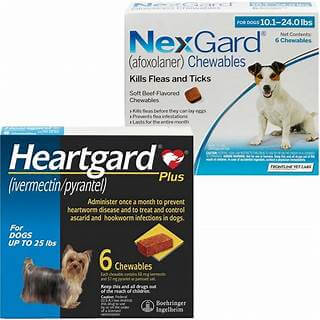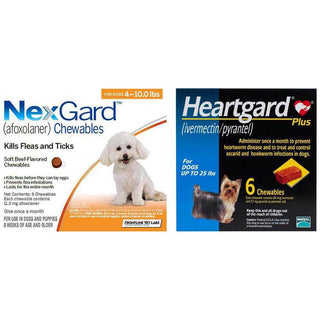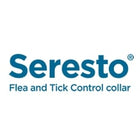
Every dentist will emphasize the importance of maintaining oral health through regular brushing after meals, daily flossing, and biannual dental cleanings.
The same principles apply to our furry friend's dogs. Ensuring their mouths stay clean and healthy involves a combination of professional veterinary and home care attention.
While several options are available for at-home dental care for dogs, most certified veterinary dentists unanimously agree that daily toothbrushing offers the greatest benefits.
In this guide, we'll walk you through cleaning your dog's teeth at home, covering everything from the necessary tools to acclimating your dog to the idea of brushing. Remember that maintaining your dog's dental health requires a collaborative effort between at-home care and professional teeth cleaning by your veterinarian.
Let's Explore The Essential Items Required For Brushing Your Dog's Teeth.
According to the VOHC (Veterinary Oral Health Council), a respected organization comprising veterinary dentists and dental scientists, toothbrushing is the pinnacle of at-home dental care for pets.
Nevertheless, it's crucial to recognize that human dental products are unsuitable for your furry companion. They often contain ingredients that can be harmful to pets. To ensure your dog's oral health and safety, opt for dental products specifically designed for pets, free from potentially harmful components.
Now, outline the necessary items to safely and efficiently brush your pup's teeth.
Toothbrush
When choosing a toothbrush for your canine companion, you'll discover various dog-specific options. These specialized toothbrushes come in various forms, catering to different preferences and needs.
You can explore the Veterinary Oral Health Council's (VOHC) list of approved products and experiment with various choices to determine which one your dog finds most comfortable.
Among the pet-specific toothbrush products available, you'll find options like the Pet Republique dog and cat finger toothbrush, the Virbac C.E.T. oral hygiene dog kit, and the Vetoquinol Enzadent dual-ended toothbrush. The latter includes both a conventional toothbrush and a finger toothbrush, providing versatility to suit your dog's preferences and needs.
Toothpaste
Because dogs cannot "spit out" toothpaste, it's imperative to be extra cautious about the ingredients you use for them. Human toothpaste can contain substances that are not only harmful but potentially toxic to your canine companion, such as fluoride or even xylitol.
To make the toothbrushing experience more enjoyable for your dog, canine-friendly toothpaste often comes in flavors like chicken, beef, or peanut butter, which are highly appealing to them. However, mint-flavored options are also available for those who prefer it.
Here are a few toothpaste choices specially formulated for dogs: Virbac C.E.T. Enzymatic toothpaste, Vetoquinol Vet Solutions Enzadent toothpaste, and Sentry Petrodex veterinary strength enzymatic toothpaste. If you need clarification on which one to select, consult your veterinarian for personalized recommendations.
How To Get Your Dog Comfortable With Toothbrushing
Ensuring that toothbrushing becomes a positive experience for your dog is crucial. It's essential to make them comfortable with the process by gradually desensitizing them to lip and gum handling, as well as the toothbrush and toothpaste.
Building trust with your pet for toothbrushing requires patience, so take your time with each process step.
Move at a slow, deliberate pace, and work on creating a positive association with toothbrushing by rewarding them at every stage. If your dog is food-driven, offer their favorite treats as a reward. Dogs that thrive on attention provide plenty of praise and engage in extra playtime afterward to reinforce the positive experience.
Here are some valuable tips to help your dog embrace toothbrushing as a seamless part of their daily routine.
Desensitizing Your Dog To Gum And Lip Handling
The process of desensitizing your dog to lip and gum handling is a valuable endeavor that can be initiated during their puppy years but remains achievable with adult dogs, provided you offer enticing incentives.
To commence the desensitization process, gently move your dog's lips and touch their teeth in a manner akin to how you would with a toothbrush. Gradually, as your dog becomes accustomed to you handling the inside of their mouth, you can use a dental wipe or a piece of gauze wrapped around your finger to replicate toothbrush-like motions.
During these interactions, gently touch their teeth and offer ample praise and treats, helping them associate positive experiences with this dental care routine.
Once your dog tolerates this handling, you can progress to using the dental wipe and start moving your finger in a circular motion on each of their teeth.
If at any point your pet appears overwhelmed or uncomfortable, don't hesitate to backtrack a step or two to reestablish the positive association.
Patience is key in this process. While some dogs may adapt quickly, it's normal to take weeks or even months.
Even if you don't advance beyond this stage, you'll still have a pet that can tolerate toothbrushing using a dental wipe, a beneficial form of preventive dental maintenance.
Ways To Clean Your Dog's Teeth
Here's a comprehensive guide on effectively cleaning your dog's teeth. Daily toothbrushing is ideal, but doing so every other day can also be beneficial. However, brushing less frequently than every other day doesn't significantly impact dental health.
To make toothbrushing manageable, consider dividing your pet's mouth into sections: back right, front right, back left, and front left. It's also helpful to position yourself behind your pet with them in your lap. This positioning ensures that you and your dog face the same direction and facilitates access to all areas of your dog's mouth.
Allocate the same amount of brushing time to each area, focusing solely on the outward-facing side of your dog's teeth.
To start, apply your pet-safe toothpaste (if using) to the toothbrush and moisten it with water. Angle the toothbrush at 45 degrees against your pet's teeth.
As you begin brushing, tackle each region individually (e.g., back right, front left). Concentrate on performing three horizontal strokes (back and forth) followed by a final stroke from the gumline towards the tips of the crown.
Back teeth are prone to tartar buildup. To expose these areas, gently pull back your dog's lip at the corner of their mouth.
Pay attention to the bristles of the toothbrush. If they start to curve or visibly deflect, it's a sign that you're applying too much pressure.
Brushing too forcefully can lead to gingival damage. Think of it like brushing a tomato without bruising it—apply a similar gentle amount of pressure when using a toothbrush on your dog's teeth.
Significance Of Professional Dental Cleanings
Taking care of your dog's oral health at home is an integral aspect of preventive care, but it's essential to understand that it won't address pre-existing issues like decayed or diseased teeth. For such problems, your best action is to seek professional dental cleaning and treatment at your veterinarian's office.
The frequency of dental cleanings necessary for your dog varies depending on individual factors. Smaller breeds, in particular, may require annual professional dental cleanings to maintain their oral health at its best.
Canine dental cleanings go beyond the surface and delve below the gumline. During these cleanings, your veterinarian can evaluate the overall condition of your dog's mouth, making them an indispensable component of your pet's annual care regimen.

